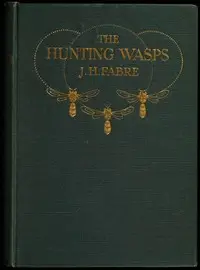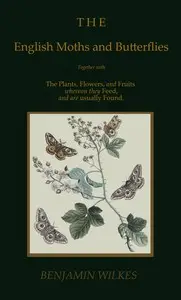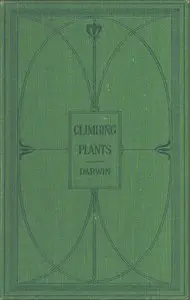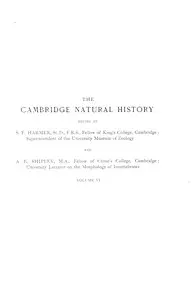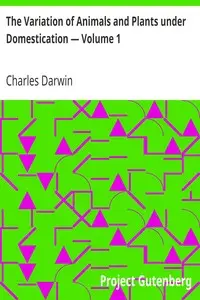"Insectivorous Plants" by Charles Darwin is a scientific exploration that showcases nature's peculiar predators: carnivorous plants. The book focuses especially on how plants like the sundew cleverly trap and consume insects to compensate for poor soil conditions. Darwin highlights the unique adaptations of these plants, describing how the sundew uses tentacle-like structures with sticky secretions to capture its prey. It highlights a careful study of the biological processes behind insect capture, with an emphasis on the plant glands' sensitivity and the importance of nitrogenous substances in digestion.

Insectivorous Plants
By Charles Darwin
Venture into a world where plants turn the tables on insects, trapping and digesting them to survive.
Summary
About the AuthorCharles Robert Darwin was an English naturalist, geologist, and biologist, widely known for his contributions to evolutionary biology. His proposition that all species of life have descended from a common ancestor is now generally accepted and considered a fundamental scientific concept. In a joint publication with Alfred Russel Wallace, he introduced his scientific theory that this branching pattern of evolution resulted from a process he called natural selection, in which the struggle for existence has a similar effect to the artificial selection involved in selective breeding. Darwin has been described as one of the most influential figures in human history and was honoured by burial in Westminster Abbey.
Charles Robert Darwin was an English naturalist, geologist, and biologist, widely known for his contributions to evolutionary biology. His proposition that all species of life have descended from a common ancestor is now generally accepted and considered a fundamental scientific concept. In a joint publication with Alfred Russel Wallace, he introduced his scientific theory that this branching pattern of evolution resulted from a process he called natural selection, in which the struggle for existence has a similar effect to the artificial selection involved in selective breeding. Darwin has been described as one of the most influential figures in human history and was honoured by burial in Westminster Abbey.

